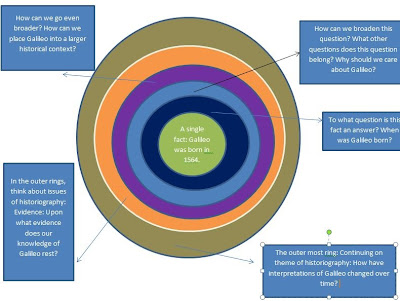For obvious reasons, abortion is a topic that many people struggle to discuss dispassionately. When teachers express reservations about discussing abortion in the classroom, I am not surprised. I suspect it is because they imagine a heated debate occurring, one that devolves quickly into finger pointing and accusations of immorality. If approached in the wrong way, this could happen. In fact, there are probably a half dozen other topics that can similarly backfire. To avoid this nightmare scenario, planning and timing are essential.
In 10 years teaching government, I have learned that facilitating a discussion requires a considerable amount of planning. Just because students are sharing opinions does not mean they are discussing. For a topic such as abortion, a teacher should avoid having students just share their opinions.
To productively incorporate this topic into your lessons, a solid foundation needs to be established. In my opinion, the topic of abortion should be introduced at a point in the course when students have some background knowledge about the Constitution. Once they do, however, this topic is an excellent one to use as a case study, giving you the opportunity to highlight many of the core themes of an American Government course, such as federalism, judicial interpretation, implied powers, a right to privacy, the supremacy clause, and checks and balances.
Are there less controversial topics that have similar connections? Yes, but there is no reason to avoid this topic if you approach it carefully. More importantly, as government teachers, we ought to model and cultivate in our students the knowledge and skills necessary to discuss controversial topics without having the exchange erupt in a free for fall.
In the beginning of my course, I talk to students about words that are mentioned and words that are not mentioned in the US Constitution. Students are not surprised to learn that abortion is not included in the document, but, at the same time, they are puzzled by the fact that there is an important court case on this topic, Roe vs. Wade. How can the Supreme Court rule on a topic that is not even mentioned in the Constitution?
From day 1, I begin to create an interest in current events, the Constitution, and the federal courts by probing students’ current knowledge and curiosity. I also ask students if they think the word privacy is mentioned in the Constitution. Students are surprised to learn that it is not. From this point forward, I make sure that my students have ready access to pocket Constitutions, and they enjoy checking to see which words are included and excluded from the text. As the course progresses, students will begin to approach the Constitution with more sophistication, moving beyond just checking to see if words are mentioned or not.
When you teach the federal courts, Roe vs. Wade is an opinion that students can read. The opinion, as opposed to a summary of it, illustrates many of the nuances associated with judicial interpretation. It also shows how judges place a case into a broader historical context as they craft legal arguments.
I have used Edmodo, an excellent online discussion platform, to provide students with a place to ask questions to me or their classmates about the parts of the text that they are struggling with. I typically assign much of the majority opinion, and I also assign the dissent. By reading these texts, students begin to appreciate how an opinion is crafted and how justices rely on previous cases to buttress their arguments.
Once students have explored this topic in more depth, they will have a context for understanding the dynamic nature of checks and balances and federalism. Undoubtedly, as the semester progresses, you and your students will find current events illustrating how states have pushed back against Roe vs. Wade.
My contribution to this longer post.
My contribution to this longer post.
Roe vs. Wade Key Terms https://drive.google.com/file/d/0B5yA9OoW_XgJdHpBYkg4TnVjWWc/edit?usp=sharing












